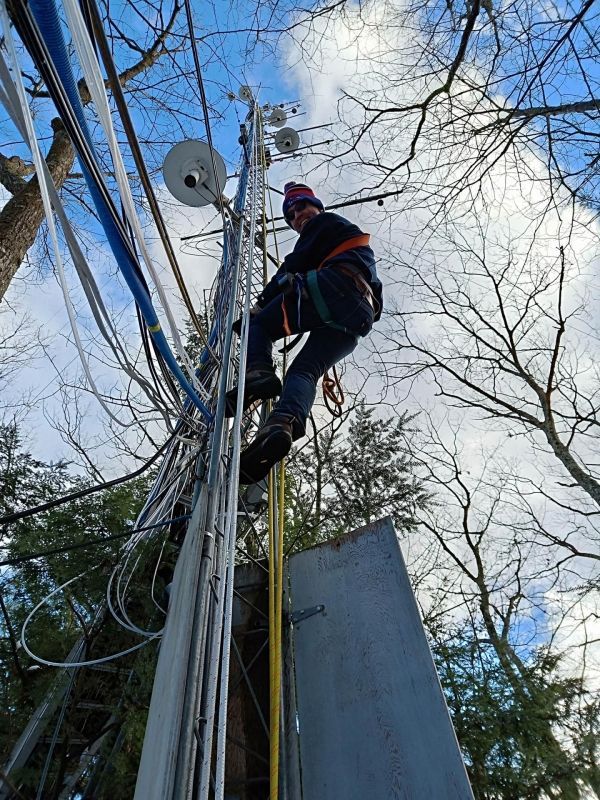Toxic mercury is being deposited in forests in much higher quantities than previously thought, posing a concern for the health and well-being of people, wildlife and waterways, according to a UMass Lowell scientist investigating the source of the pollution.
A team of researchers led by Prof. Daniel Obrist, chairman of the Department of Environmental, Earth and Atmospheric Sciences, conducted comprehensive measurement of mercury accumulation in a forest, including deposition of the gaseous form of the element. Forests constitute the world’s most abundant, productive and widespread land ecosystems.
“It’s the first such study that covers, at the ecosystem level, the full picture of mercury deposition at any forest site in the world,” says Obrist.
“Plants take up gaseous mercury from the atmosphere through their leaves, through their stomata (pores), and as the plants shed their leaves or die off, they basically transfer that atmospheric mercury to the ecosystems. Mercury deposits in forests ultimately run off into streams and rivers, ending up in lakes and oceans,” he explains.
Read more at University of Massachusetts Lowell
Image: UMass Lowell Prof. Daniel Obrist, chair of the Department of Environmental, Earth and Atmospheric Sciences, climbs an observation tower in Harvard Forest in Petersham, Mass., to service instrumentation measuring mercury deposition at the site. (Credit: Photo courtesy of Daniel Obrist)


